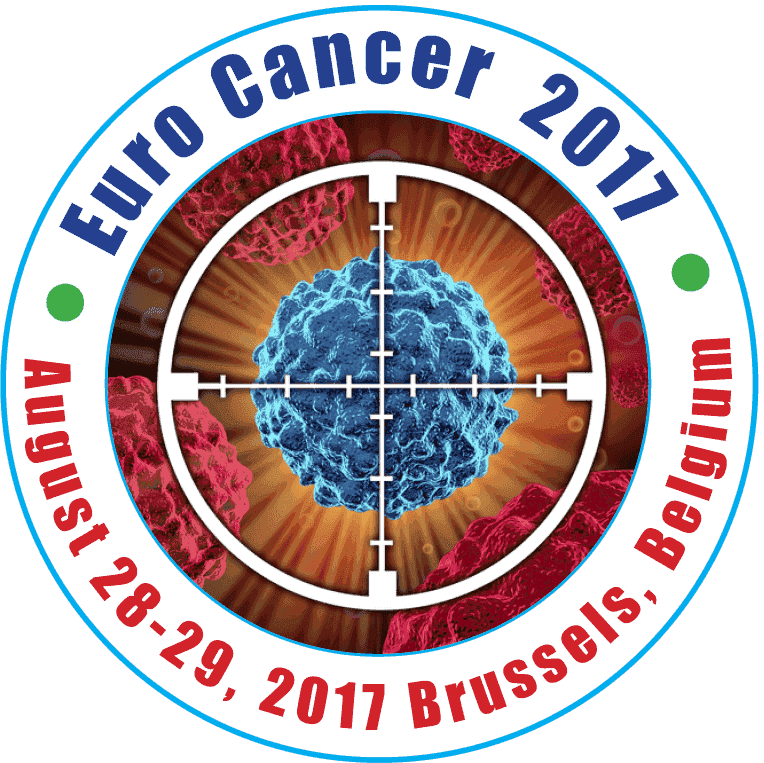
Myron R Szewczuk
Queen’s University, Canada
Title: Novel therapeutic target in multistage tumorigenesis
Biography
Biography: Myron R Szewczuk
Abstract
A novel organizational signaling platform linked to glycosylated receptor tyrosine kinases (RTK) (e.g., EGFR, TrkA, insulin) and TOLL-like (TLR) receptors is identified to regulate receptor activation process, all of which are known to play major roles in tumorigenesis. This signaling paradigm proposes that ligand binding to its receptor on the cell surface induces a conformational change of the receptor to initiate matrix metalloproteinase-9 (MMP-9) activation to induce neuraminidase-1 (Neu1). Activated Neu1 hydrolyzes α-2,3-sialyl residues linked to β-galactosides, which are distant from the ligand binding sites. These findings predict a prerequisite desialylation process by activated Neu1 enabling the removal of steric hindrance to receptor association. In addition, the relative levels of specific sialoglycan structures on the cell surface correlate with the ability of cancer cells to form avascular 3D multicellular tumor spheroids and in vivo xenograft tumors. Here, we have identified an innovative and promising entirely new targeted therapy for cancer. Mammalian neuraminidase-1 (Neu1) in complex with matrix metalloproteinase-9 and G-protein coupled receptor tethered to RTKs and TLRs is identified as a major target in the multistage tumorigenesis. Preclinical studies support an entirely new cancer targeted therapy unaffected by mutations of growth factor receptors, involved in tumor neovascularization, chemo resistance of tumors, immune-mediated tumorigenesis, and tissue invasion and metastasis.

